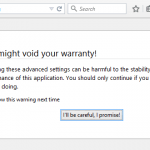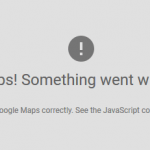For Ajax,Java class library gives you access to the XMLHttpRequest object normally used in AJAX applications. Beside, Java server-side code could be written in addition to client-side code, which doesn’t get converted to JavaScript, and thus the server-side code can use the full capabilities of the Java platform, and any additional class libraries you may require. Then in client-side code, classes that are able to communicate with the server-side code could be set up. When GWT compile the application, GWT will automatically generate all the JavaScript needed to communicate with the server on the client-side, and will compile your server-side code to a set of Java Servlets.
SitePoint concluded that Google has definitely put together an impressive platform with GWT, but as one would expect (especially from a beta product) it’s not perfect. But the biggest thing lacking in GWT is an example of a finished, real-world application running in the wild. No doubt Google is hard at work on its next big project using GWT, but for now at least GWT is unproven technology. The weak points include GWT detects and supports browsers by their user agent string, the bundled GWT widgets make extensive use of tables for layout, GWT was written to work with Java 1.4 or later, the development shell does not support Mac OS X and unclear best practices for security and performance.
Build AJAX applications in Java language with Google Web Toolkit (GWT).







